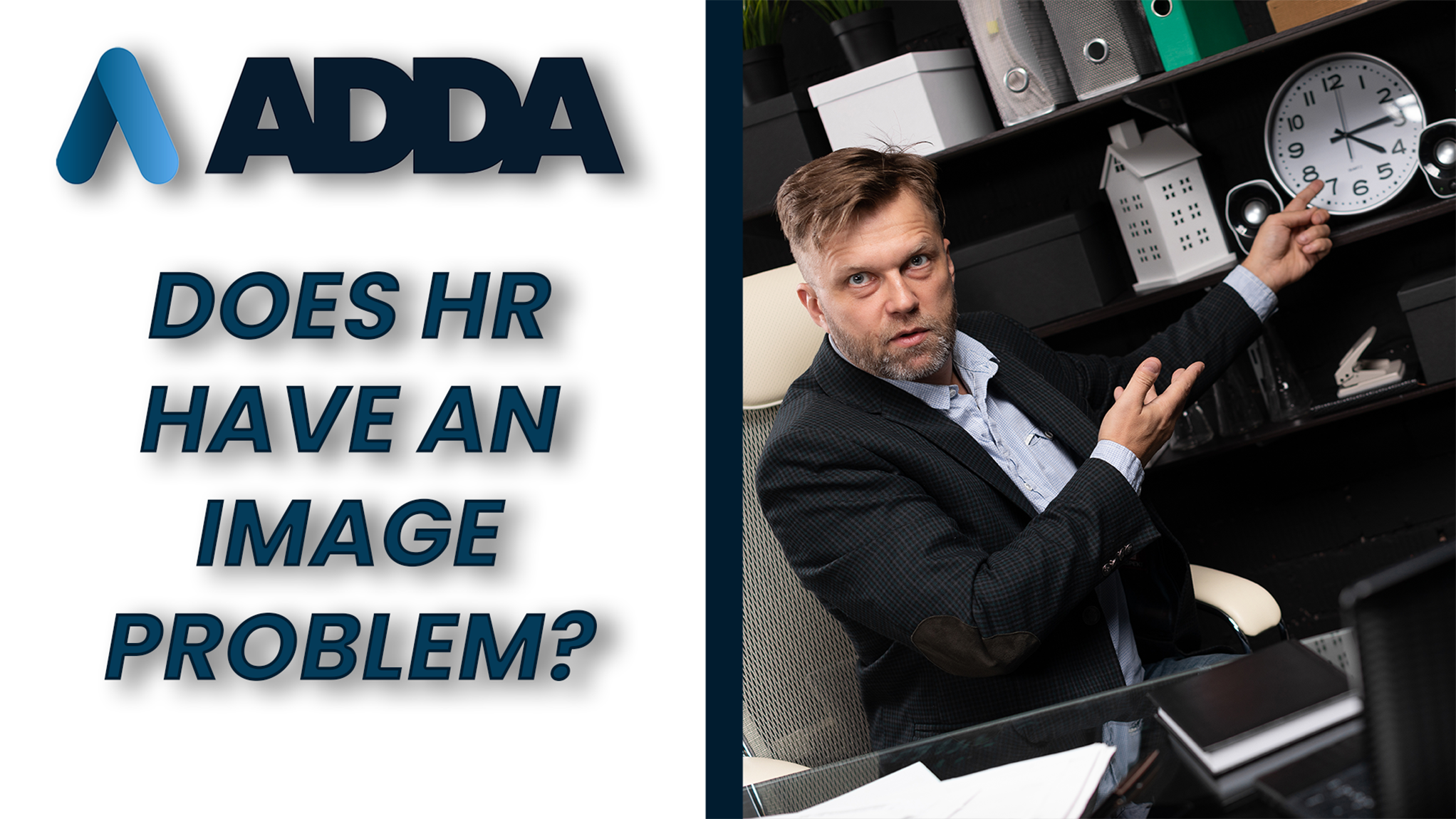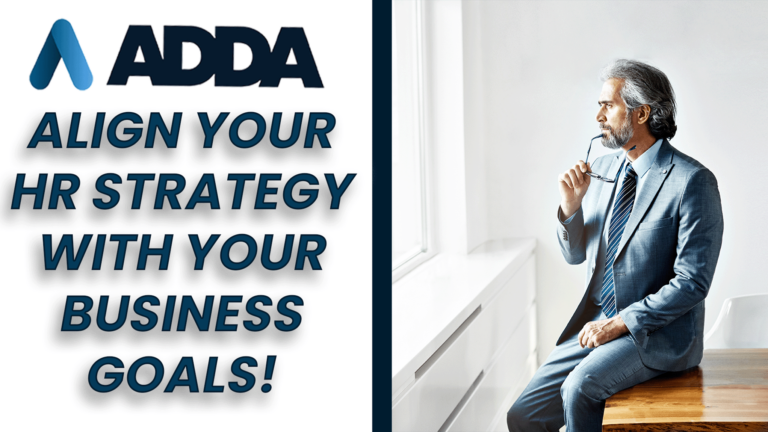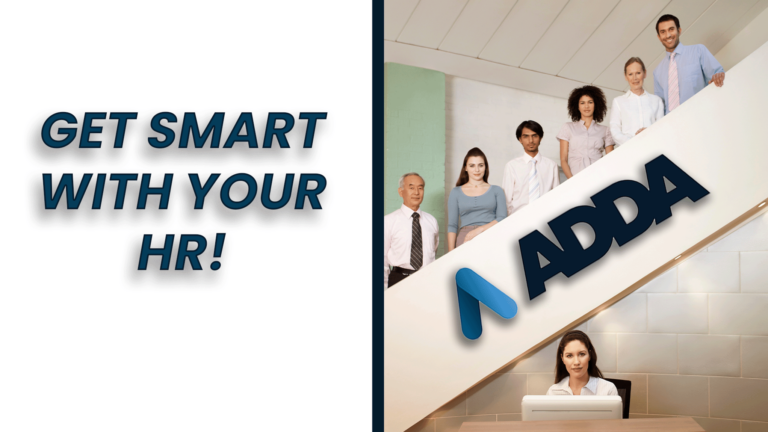Human Resources (HR) often sends shivers down the spines of employees and leaders alike. Conjuring images of compliance checklists, paperwork, and disciplinary meetings. However, the time has come to transform this outdated HR paradigm. HR is not just a legal requirement but a critical strategic partner that can drive organizational success. In this blog, we explore the evolution of HR from a compliance enforcer to a strategic powerhouse. We will highlight how HR professionals can transform their roles to deliver greater value to their organizations.
A crucial tool in this transformation is the HR Audit Checklist, which can help identify areas for improvement and ensure alignment with strategic goals.

The Traditional View of HR: More than Compliance and Policies
For many, HR is synonymous with compliance, paperwork, and policies. This perception is not unfounded; traditionally, HR departments have been tasked with ensuring that organizations adhere to labor laws, managing employee relations, and handling terminations. These responsibilities often lead to HR being viewed as the “fun police” or, as one professional humorously noted, the “policy dragon.”
However, this narrow view of HR overlooks the strategic potential that lies within the department. As the workplace evolves, so too must our understanding of HR’s role. The implementation of an HR Audit Checklist can play a significant role in this transformation by helping HR departments identify areas where they can move beyond compliance and contribute strategically.
The Importance of Putting Humans First in Transforming HR
In recent years, there has been a significant shift towards putting humans first in HR practices. This change has been driven by labor shortages and the need to attract and retain top talent. Focusing on employee experience has become paramount, with organizations offering better benefits, flexible work arrangements, and initiatives aimed at improving workplace culture.
Humans are the most valuable and unpredictable part of any business. By prioritizing their well-being and engagement, organizations can foster a more motivated and loyal workforce. However, while focusing on the human element is essential, it is equally important not to lose sight of strategic resource management. An HR Audit Checklist can help ensure that both human and strategic elements are balanced effectively.
Balancing Human Focus with Strategic Resource Management
A successful HR strategy requires a delicate balance between prioritizing employee needs and managing resources effectively. Over-focusing on the human aspect can lead to neglecting strategic goals, which can hinder organizational growth. It is crucial to integrate strategic HR practices that align with business objectives.
For example, effective talent management involves not only attracting and retaining employees but also optimizing compensation plans and developing training programs that align with the organization’s long-term goals. By balancing human focus with strategic resource management, HR can significantly impact the organization’s bottom line. Utilizing an HR Audit Checklist can help identify areas where strategic improvements can be made.

Realigning HR’s Role: From Paper Pushers to Strategic Partners
To truly transform HR, it is necessary to change the perception of the department within the organization. HR should not be seen merely as paper pushers or compliance enforcers but as strategic partners who contribute to the organization’s success.
One professional shared their journey from a law degree to consulting and eventually becoming a Chief Human Resources Officer. This diverse background provided a unique perspective on how HR can drive strategic initiatives. By focusing on proactive problem-solving and strategic planning, HR can move beyond its traditional reactive role. An HR Audit Checklist can facilitate this shift by helping HR departments focus on strategic priorities.
Transformation Through Strategic HR: Impact on Organizational Success
Strategic HR practices can have a profound impact on organizational success. By focusing on key areas such as talent management, compliance, and benefits optimization, HR can drive significant improvements in efficiency and profitability.
For instance, effective talent management strategies can help organizations attract and retain the best talent, reducing turnover and associated costs. Similarly, optimizing benefits can lead to cost savings while improving employee satisfaction and retention. Strategic HR also involves human capital planning and skills gap analysis, ensuring that the organization has the right people in the right roles to achieve its goals.
Implementing an HR Audit Checklist can help ensure these strategic elements are effectively managed. If you need help with this, please get in touch with us today.
Implementing an HR Audit Checklist for Strategic Improvement
An HR Audit Checklist is an essential tool for any HR department looking to transform its role from compliance enforcer to strategic partner. By conducting regular audits, HR can identify areas for improvement and ensure alignment with strategic goals.
Key elements to include in an HR Audit Checklist:
- Compliance: Ensure all labor laws and regulations are being followed.
- Employee Engagement: Assess employee satisfaction and engagement levels.
- Training Programs: Evaluate the effectiveness of current training programs and identify areas for development.
- Talent Management: Review recruitment and retention strategies.
- Benefits Optimization: Analyze the cost-effectiveness and impact of employee benefits.
Regular use of an HR Audit Checklist can help HR departments stay proactive and strategic. Driving continuous improvement and alignment with organizational goals.

Overcoming Challenges in Transforming HR
Shifting the HR paradigm is not without its challenges. Resistance to change, lack of resources, and entrenched perceptions can all hinder progress. However, these challenges can be overcome with the right strategies.
Training and development are essential to equip HR professionals with the skills and knowledge needed to drive strategic initiatives. Gaining support from leadership is also crucial; showcasing the potential ROI of strategic HR can help secure the necessary resources and backing.
Conclusion: Embracing the New Paradigm of HR
HR is no longer just about compliance and policies. It is about strategically managing the most valuable asset of any organization—its people.
By transforming HR from a compliance-focused department to a strategic partner, organizations can drive significant improvements in efficiency, employee satisfaction, and overall success. Utilizing tools like the HR Audit Checklist can aid in this transformation, ensuring that HR practices are aligned with organizational goals and continuously improving.
Ready to Transform Your HR?
Are you ready to shift the paradigm and embrace the new role of HR in your organization? Start by implementing an HR Audit Checklist to identify areas for strategic improvement.
Share your thoughts and experiences in the comments below, and let’s continue the conversation on how HR can drive organizational success. For more insights and resources, check out our related articles and join us in redefining the future of HR.









